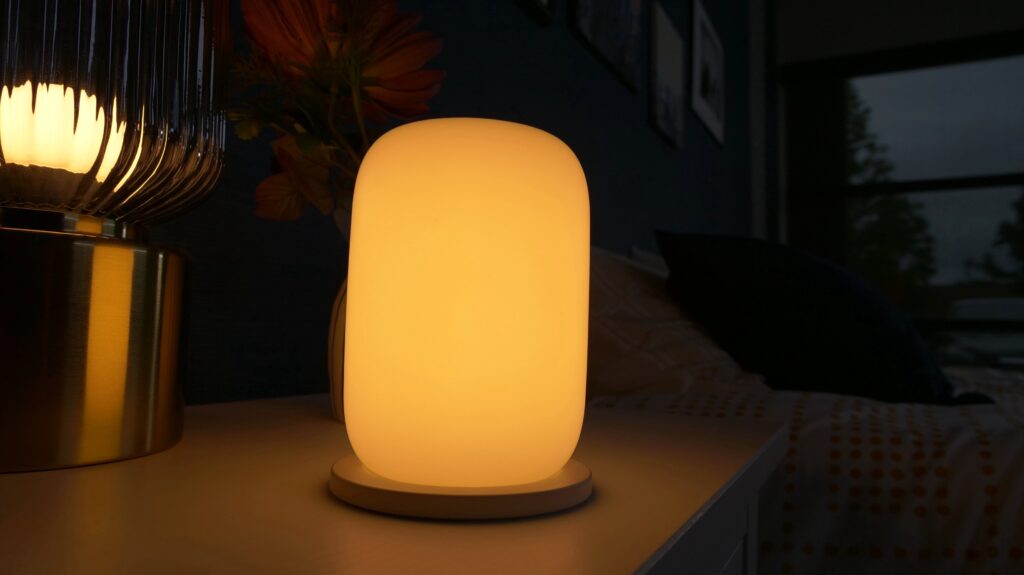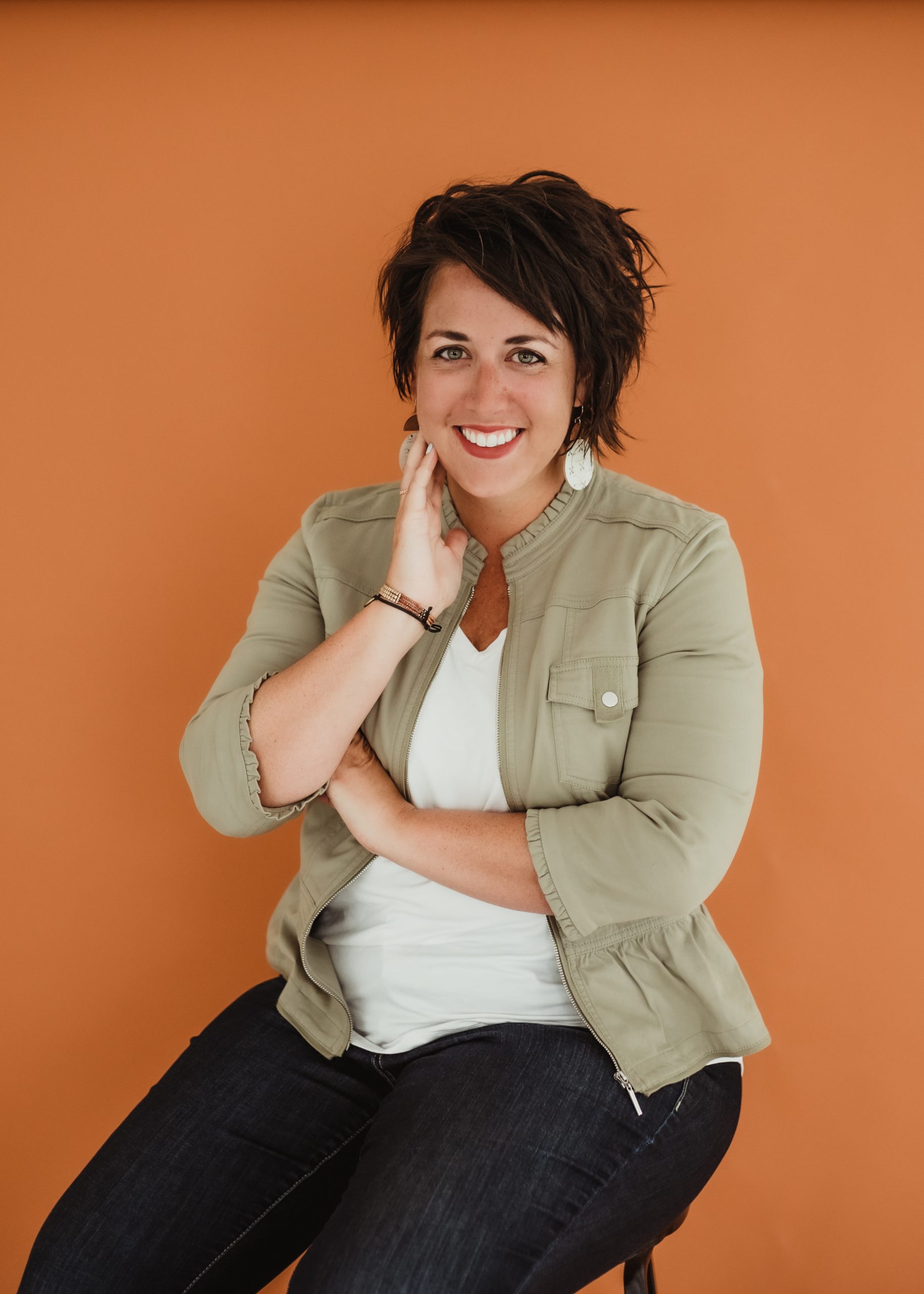
Quality sleep and blue light’s impact on getting enough of it has been a hot topic for years. But a recent study might alter what we know about blue light and the way it influences (or doesn’t influence) our sleep. The new study was conducted by researchers from the University of Basel and the Technical University of Munich and first appeared in a recent issue of Nature Human Behavior (1). It looked to examine the impact of color on circadian rhythms, as previous research suggested that blue light can negatively affect sleep quality (2). However, what researchers found was that the color of the light might not impact as much as previously believed.
The study exposed 16 subjects to various light conditions for an hour before bed. These light conditions included a blue, yellow, or white light, and each of the lights were created to activate different cone cells while maintaining equal stimulations of the ganglion cells. Cone cells are responsible for turning the light that we see into electrical impulses that are then shared with the brain. Cone cells respond to bright light and various wavelengths are created, allowing the brain to interpret the wavelengths into color then. In contrast, the ganglion cells help the brain interpret light intensity and receive information from cone cells to help establish circadian rhythms — which means ganglion cells could be impacted by the color that cone cells perceive.
Once the research participants were exposed to the controlled light, researchers documented and evaluated the time it took them to fall asleep and the quality of that sleep.
“We found no evidence that the variation of light color along a blue-yellow dimension plays a relevant role for the human internal clock or sleep,” said Christine Blume, lead study author, in a press release at University of Basel. “Rather, our results support the findings of many other studies that the light-sensitive ganglion cells are most important for the human internal clock.”
While the results of the study initially point to light intensity having a greater impact than light color on sleep quality and our circadian rhythms, more research is needed to evaluate the impact of the length of light exposure. In the meantime, the researchers still support making sure that you give your eyes and body time away from your electronic devices in the hours leading to bedtime. It’s also helpful to use the blue-light filter on your electronic devices, as these filters also decrease the light intensity.
“Technologically, it is possible to reduce the short-wavelength proportions even without color adjustment of the display; however this has not yet been implemented in commercial mobile phone displays,” said Blume.
So for now, it’s best to stick to that book and lowered lighting before bed for optimal sleep hygiene. And a break from doom-scrolling each night never hurts either.
Sources
1. Blume, C., Cajochen, C., Schöllhorn, I. et al. Effects of calibrated blue–yellow changes in light on the human circadian clock. Nat Hum Behav (2023). https://doi.org/10.1038/s41562-023-01791-7
2. Tähkämö L, Partonen T, Pesonen AK. Systematic review of light exposure impact on human circadian rhythm. Chronobiol Int. 2019 Feb;36(2):151-170. doi: 10.1080/07420528.2018.1527773. Epub 2018 Oct 12. PMID: 30311830.
